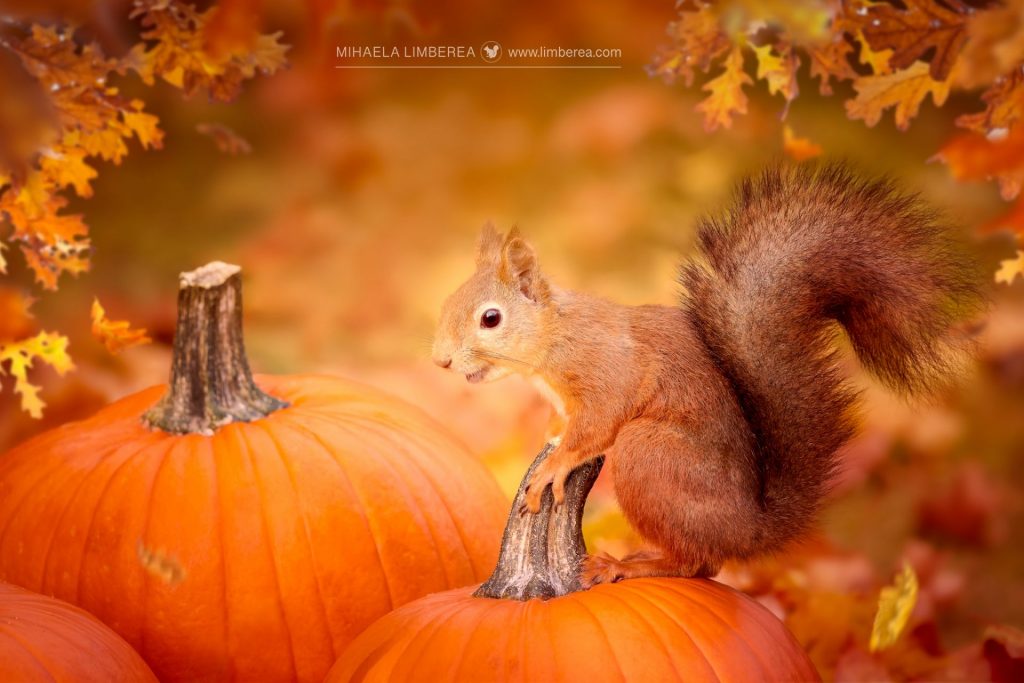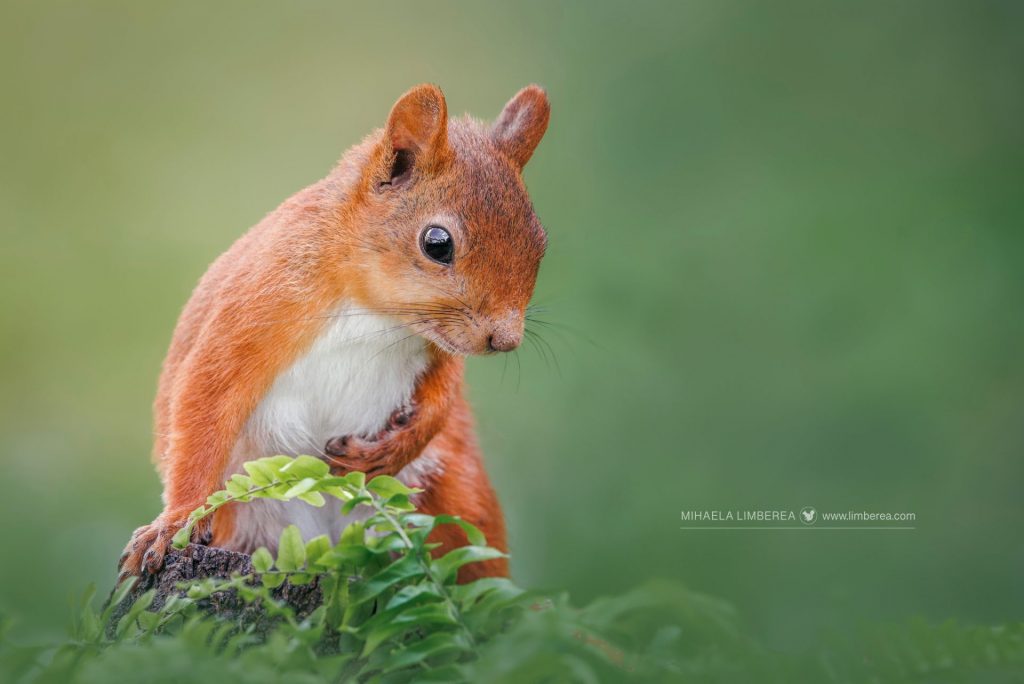
Happy World 🦘Kangaroo Day!
📸 Canon R5 & Canon RF100-500mm F4.5-7.1 L IS USM
📍Kangaroo Island, South Australia
🦘Kangaroo Island Kangaroo Joey (Macropus fuliginosus fuliginosus)
If you liked this post, share it on your preferred social network or forward it to a friend.






















